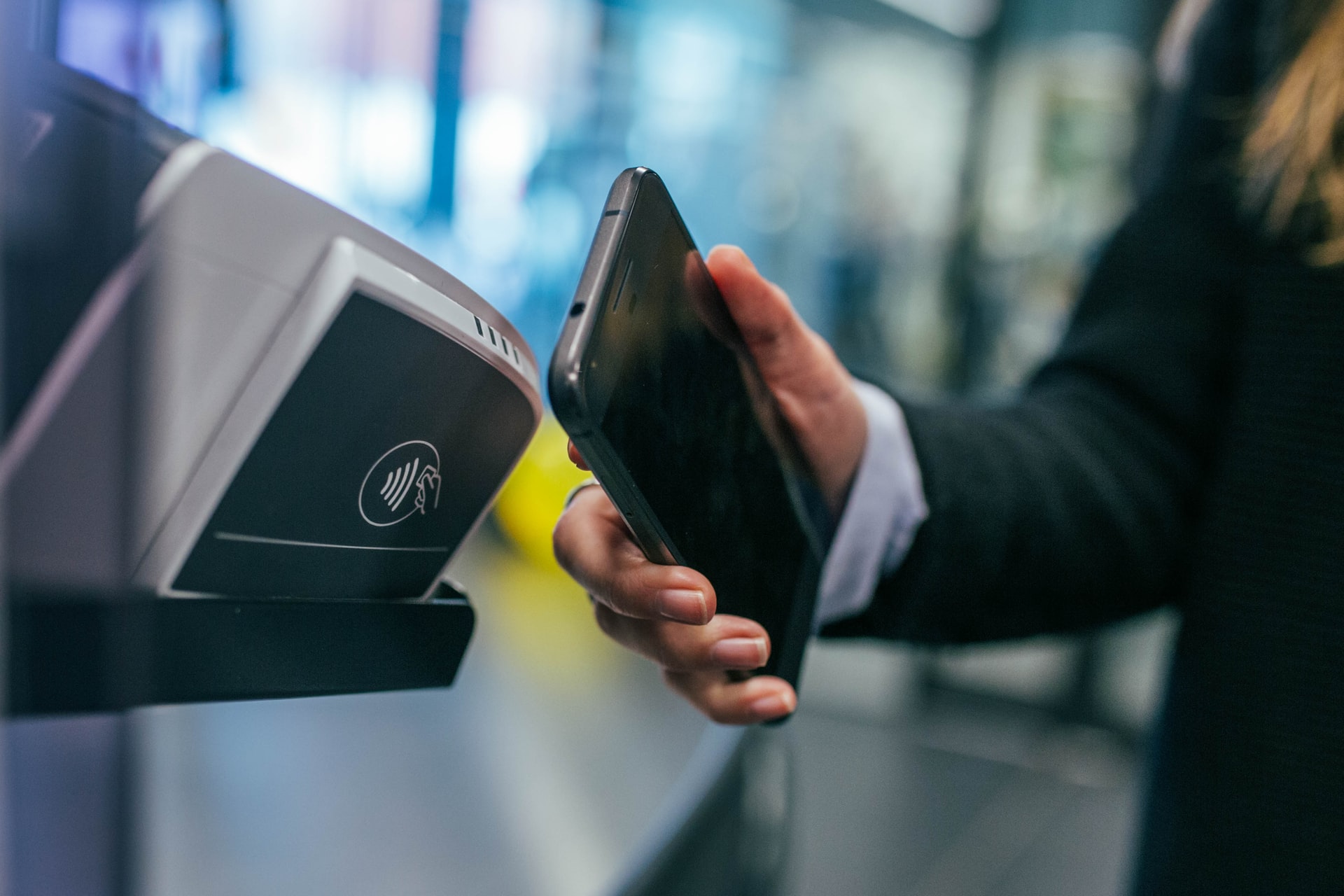Once, there was a time when mobile phones and voice assistants were only a figment of imagination. Today, thanks to the brilliant minds of scientists, many of these fictional things have become a daily part of our lives.
When we look back, creative minds had once predicted the current world we live in with all the fascinating technologies. In fact, these books and movies have played a significant role in inspiring the latest technologies.

Read on to find out which fictional technologies people have managed to convert to reality.
Communicators from Star Trek
Star Trek first aired on TV in 1966, with plenty of unseen and futuristic technologies integrated. Characters in the show are seen using ‘Communicators’ that closely resemble the flip phones that were once the fuzz.
Today, there are even full-screen foldable 3phones allowing you to work on poem analysis essay examples just like how you would on a laptop. We have surely come a long way from fictional walkie-talkies.
Video Calls from The Jetsons
It’s almost unimaginable how 2020 would have panned out if it wasn’t for video calls. Whatsapp calls, FaceTime, Skype, and Zoom have become inevitable parts of our life. Our entire workplace and the educational system might have collapsed without them.
Apparently, The Jetsons predicted such a tech tool long before video calling was common. The popular family cartoon started airing in the 1960s before even mobile phones existed.
Cyberspace from Neuromancer
The concept of the internet was introduced in the 1960s. However, it wasn’t much developed by the moment Willian Gibson wrote his novel Neuromancer in 1984. 20 years later, when the novel was re-released, Jack Womack even suggested that Gibson might have instigated the further development of the web.
Thanks to him and hardworking developers, you can get access to critical lens essay examples from the comfort of your home any time you want. In his book, Gibson not only talks about the worldwide web but also discusses virtual reality and hacking.
PADD from Star Trek
Yet another prediction that has become true is the Star Trek Personal Access Display Device, otherwise known as PADD. Today, these devices have a close resemblance to the tablets we use these days to refer to a causal analysis essay example or for entertainment. In Star Trek, PADDs had a large touchscreen display and one or two buttons.

NFC from The Fifth Element
The Fifth Element has a number of futuristic tools, from flying cars to self-making beds. While these indeed sound really cool and even practical, we might have to wait for a little while to get this done.
For now, we can be happy about NFC that has made our lives so much easier. In the film, we can see this tech used in an ID card that functions as a boarding pass, bank card, and more. Today’s NFC is more or less the same and allows us to make contactless payments.
Credit Cards from Looking Backward
Back in 1888, credit and debit cards were considered futuristic. Edward Bellamy introduced this concept first in his novel. Looking Backward describes a utopian society that has its citizens using a simple card.
The card is connected to a central bank and allows the characters to make purchases without having to use cash. It was much later in 1950 that we saw the appearance of the first credit card.
Biometrics from Back to the Future II
Back to the Future II was released in 1989 with some pretty incredible stuff that was far-fetched for the time. Although biometrics was not a new idea, it was not commonly used everywhere.
The film has a scene where antagonist Biff Tannen pays for a taxi ride using a fingerprint. Today, this is precisely what we do with Apple and Google Pay when we approve payments through the biometric security on our phones.
Self-Driven Cars in Minority Report
Driverless cars are no longer a distant reality. In fact, there are several viable models running on the road today. In 1956, a short story named Minority Report discussed self-driving cars.
In 2002, the movie featured autonomous cars powered by fuel cells. Although there were several self-driving cars designed in the early 1980s, mass production started much later and well past the release of the movie.
Replicators from Star Trek
If you are a fan of Star Trek, you will remember the Replicator. In today’s terms, you can relate it to the 3D printers that can instantly materialize almost any object you design. Of course, you cannot pull something out of thin air. But we never know how 3D printing could evolve in the future.
Holographic Projections from Star Wars
In Star Wars, we see Princess Leia sending her holographic projection to Obi-Wan asking for help. This is definitely going to be a reality soon. Although we can’t send holographic messages to each other yet, there are companies that are already working on this.
Base Hologram is a tech company that has actually succeeded in developing posthumous holographic performances of famous musicians such as Roy Orbison and Whitney Houston.
Takeaway
There are also some other cool technologies that we would like to see in reality from sci-fi films, such as:
- teleportation to save money and time (at least);
- instant subliminal learning (who wouldn’t want to learn French or kung-fu in a matter of minutes?).
For those who grew up seeing the mentioned movies, it would be fascinating to witness such tremendous transformations. In fact, the tech field has evolved at an unparalleled speed over the last decade. It is exciting to imagine what the future will bring – as long as it is not a tech war that takes over mankind.